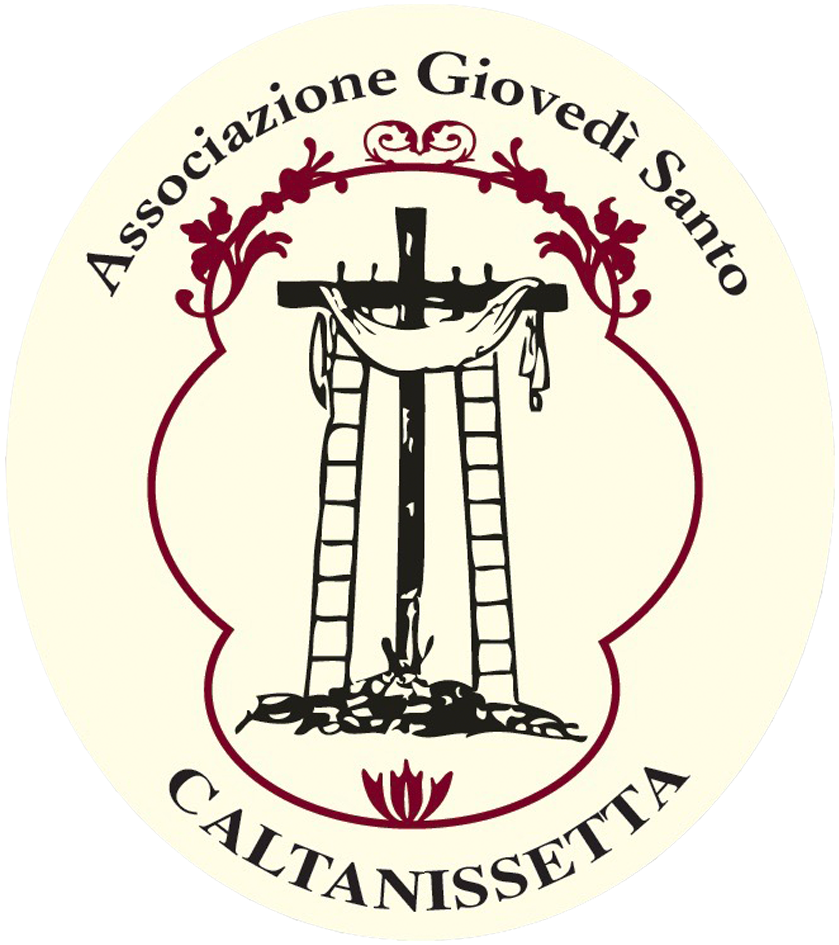The procession of the holy Thursday in Caltanissetta was born at the end of 18th century as a ritual established by San Filippo Neri’s congregation, which, in that day, used to visit the Sepolcri transporting, to all the Churches of the city, five small groups of papier-machè statues with scenes of Jesus Christ’s passion and death.
This habit was abolished in 1801 and reactivated only in 1840 by a member of that congregation, the farmacist Giuseppe Alesso who made, with his son Michele, seven scenes inspired to Passion’s history.
In few years the group of statues was improved and reached the fourteen pieces.
Soon, costs and administrative difficulties forced the procession organization to give custody of it to the groups of arts and crafts of the city.
Nevertheless, between 1866 and 1881, there was a difficult period with an important diminuition of the “vare” used in the procession.
In November 12th, 1881, after a tragedy in the Juncio Gessolungo mine, in which 69 miners (9 carusi, kids between 7 and 14 years) died, the survivors decided to participate again to the procession, as a sign of gratitude to God, with an ancient group, made in 1858 by D.Giovanni Scimone, showing Veronica.
This cypress wood sculpture encouraged the others to commission to two napolitan artists (1884-1902) new wood, papier-machè and canvas masterpieces which keep parading through the city, still having an important historical and religious tradition.

